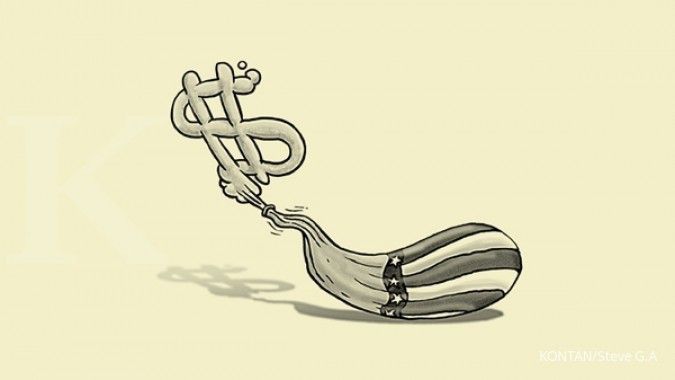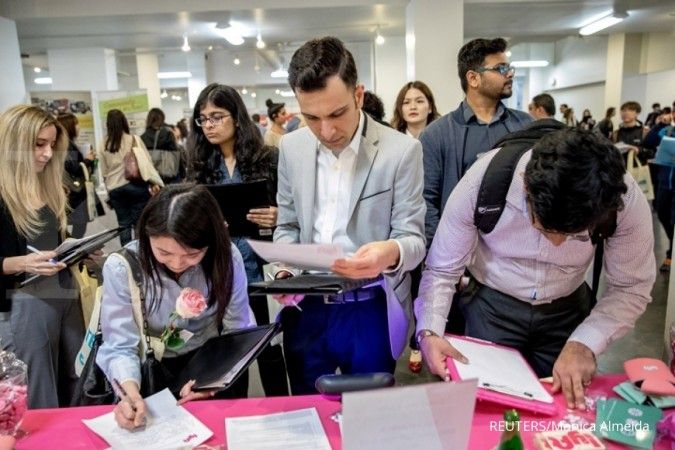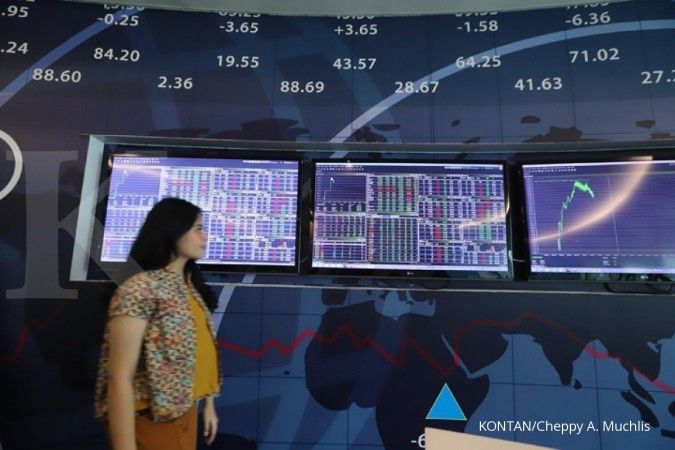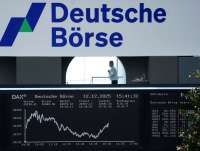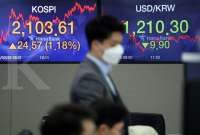GLOBAL ECONOMY - WASHINGTON. U.S. job growth rebounded strongly in June as government hiring surged, but persistent moderate wage gains and mounting evidence that the economy was losing momentum could still encourage the Federal Reserve to cut interest rates this month.
The Labor Department's closely watched employment report on Friday suggested May's sharp slowdown in hiring was probably a fluke. Lack of concrete progress in resolving an acrimonious trade war between the United States and China, however, means the bar could be very high for the Federal Reserve not to lower borrowing costs at its July 30-31 policy meeting.
The U.S. central bank last month signaled it could ease monetary policy as early as this month citing low inflation as well as growing risks to the economy from an escalation in trade tensions between Washington and Beijing.
President Donald Trump and Chinese President Xi Jinping last week agreed to a trade truce and a return to talks. Trump has said he is in "no hurry" to make a deal and on Wednesday accused China and Europe of "playing big currency manipulation game and pumping money into their system in order to compete with USA."
The trade fight has undercut business confidence, leading to a downturn in equipment spending and manufacturing. Consumer spending is rising moderately and the housing market continues to struggle, while the trade deficit has widened again. "The data are unlikely to stop the Fed from easing at this month's meeting," said Jim O'Sullivan, chief U.S. economist at High Frequency Economics in White Plains, New York. "The well-signaled easing reflects officials' worries about the potential drag on growth from trade-related 'uncertainties,' along with sub-2% inflation." Nonfarm payrolls increased by 224,000 jobs last month as government employment rose by the most in 10 months. The economy created only 72,000 jobs in May. Economists polled by Reuters had forecast payrolls rising 160,000 in June.
Job growth averaged 172,000 per month in the first half. Hiring has cooled from an average of 223,000 jobs per month in 2018. The pace, however, remains well above the roughly 100,000 needed to keep up with growth in the working age population.
The economy, which has expanded a record 10 years, has shifted into lower gear as the stimulus from last year's massive tax cuts and more government spending fizzles. The Atlanta Fed is forecasting gross domestic product rising at a 1.3% annualized rate in the April-June quarter. The economy grew at a 3.1 percent pace in the first quarter.
The trend in wage growth has slowed from late last year when wages were rising at their fastest rate in a decade, pointing to moderate inflation. Average hourly earnings rose six cents or 0.2% in June after gaining 0.3% in May. That kept the annual increase in wages at 3.1% in June for a second straight month.
The dollar rose against a basket of currencies after the data, while U.S. Treasury prices fell. U.S. stock futures extended losses. Interest rate futures continued to price in a rate cut at the end of the month and again in September.
Unemployment rate rises
The unemployment rate rose one-tenth of a percentage point to 3.7% as 335,000 people entered the labor market. Some of the recent drop in the jobless rate had been because of people leaving the labor market. The labor force participation rate, or the proportion of working-age Americans who have a job or are looking for one, rose to 62.9% last month from 62.8% in May.
A broader measure of unemployment, which includes people who want to work but have given up searching and those working part-time because they cannot find full-time employment, rose to 7.2% in June from 7.1% in May.
Job growth has slowed from last year's brisk pace in part as employers struggle to find qualified workers. There are about 7.4 million job openings.
Hiring picked up nearly across all sectors in June, though retail payrolls contracted for a fifth straight month, shedding another 5,800 jobs on top of the 7,300 lost in May.
Manufacturing payrolls accelerated by 17,000 jobs after rising by 3,000 in May. The surge in hiring is despite the sector struggling with an inventory bulge - concentrated in the automotive industry - trade tensions, design troubles at planemaker Boeing and slowing global growth.
Construction employment rose by 21,000 jobs last month after gaining 5,000 in May. Government payrolls rebounded by 33,000, the most since August 2018, after shedding 11,000 jobs in May. The surge in hiring was driven by local governments.
But leisure and hospitality sector payrolls increased by a moderate 8,000 in June after rising 18,000 in the prior month. Professional and business services employment gained 51,000 jobs. There were increases in healthcare and transportation and warehousing employment.
The average workweek was unchanged at 34.4 hours in June for a third straight month.
/2019/06/17/1864062835p.jpg)

